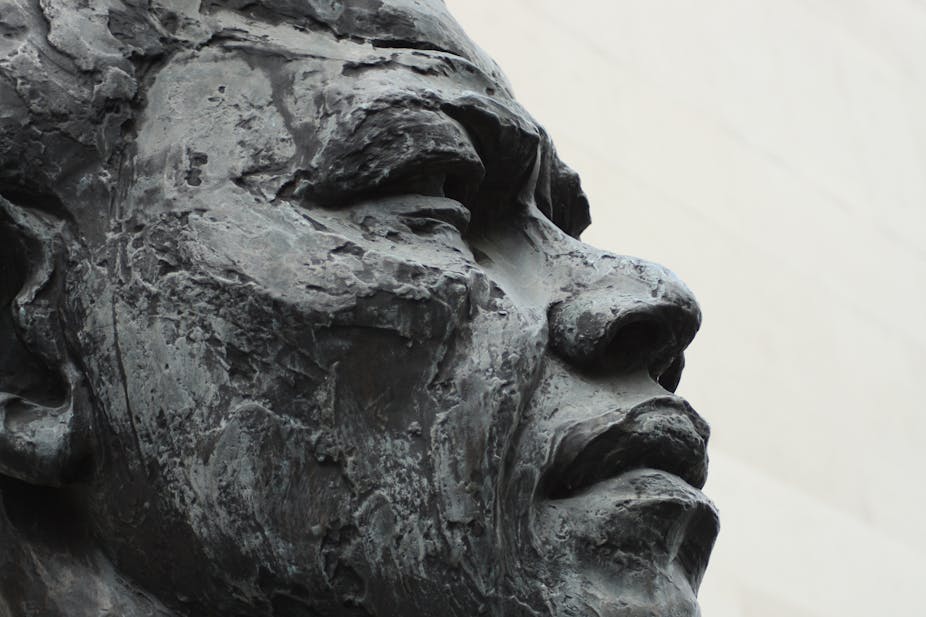It is as the iconic figure of the struggle to end the repugnant system of apartheid that Nelson Mandela will be most simply, fondly and longest remembered. What type of society South Africa has become and how much the vast majority have really benefited, is a more problematic question, but even here it can be argued that, but for the inevitable ravages of old age, Mandela might have made more of a positive contribution.
In some senses Mandela’s legacy will be fought over. The hope is that this fighting is minimised. It will take place between family and charitable foundations over money and across the nation in terms of where post-Mandela South Africa should go.
The extent to which, even as frail, elderly man, Mandela was the glue holding together various factions is worrying. But following a life of struggle and incarceration, one example of Mandela’s wisdom and tolerance might serve not only to illustrate elements of his impact, but also as an example to others.
Reconciliation over revenge
As has often happened after traumatic, unjust periods in the life of nations, some form of process is set up to dispense justice and draw a line under the past. Questions of accountability, amnesty and punishment loom large and set the tone for the future.
When the Truth and Reconciliation Commission was set up in South Africa, Mandela was under pressure from Archbishop Desmond Tutu and others, to allow the commission to deal freely with issues of guilt, responsibility and the future.
Many African National Congress activists, who had fought and suffered, wanted the death penalty against the worst group of apartheid-era offenders. Though these feelings were understandable, and with historical precedent, Mandela negotiated a way through this. The death penalty was abolished in South Africa and Mandela controlled the process by which individuals were either subject to appearing before the commission or faced criminal prosecution.
The key point here about Mandela is not that he was ethical, or exercised good political judgement or that he had a pragmatic sense of what would work best. Rather, it is that in an imperfect world he mixed the three of these in a combination which served South Africa best.
Violence is the last resort
In broader terms, Nelson Mandela’s life might offer lessons for the world in which we currently live. It is a world in which the labels “evil” and “terrorist” are quickly thrown about.
Partly this is because there are evil terrorists. But plenty in their time condemned Mandela as a terrorist. Defending himself in Pretoria in 1964 he argued: “I planned it [the use of violence] as a result of a calm and sober assessment of the political situation that had arisen after many years of tyranny, exploitation, and oppression of my people by the Whites.”
In other words, we should accept the theoretical possibility that violence may sometimes be the only option, or last resort, rather than the preferred option.
It is maybe not surprising to find Margaret Thatcher among those who labelled Mandela as a terrorist (given for instance her friendship with Augustin Pinochet, who labelled any kind of progressive thought in Chile as terrorist or Communist), but it should also give us pause for thought that not so many years later in 2006 that David Cameron declared Margaret Thatcher had been wrong to describe Mandela in this way.
Although clearly statesmanlike and diplomatic, Mandela retained a sense of justice and legitimate struggle, adding the South African voice to calls for Palestinian self-determination and statehood.
“We would be beneath our own reason for existence as a government and as a nation, if the resolution of the problems of the Middle East did not feature prominently on our agenda,” he said.
Mandela’s legacy is twofold, and in some ways the opposite of Margaret Thatcher’s. He united a nation, whatever differences they had (rather than dividing despite similarity) and he stands as a symbol for the possibility of overcoming injustice.


